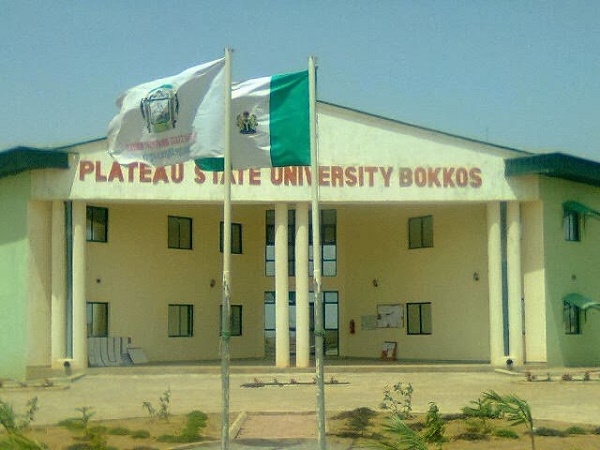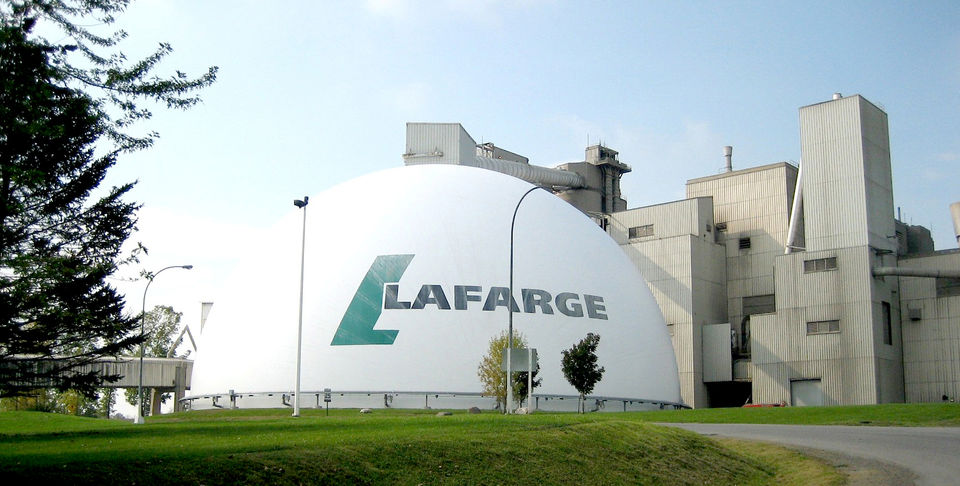The federal government has activated the exit strategy for beneficiaries of the N-Power initiative who have concluded the two-year job programme.
Under the plan, 200,000 beneficiaries will be engaged as financial services operators under a Shared Agent Network Expansion Facility (SANEF) scheme operated by the Central Bank of Nigeria.
Another 30,000 have already been engaged as geospatial experts and enumerators in the Economic Sustainability Plan’s Mass Agric programme while several others will have the option of benefiting from the GEEP micro-enterprise loans.
Sadiya Farouq, the minister of humanitarian affairs, disaster management and social development, confirmed the activation of the exit strategy for Batches A and B of the N-Power scheme at the 4th annual review of the Home Grown School Feeding Programme (NHGSFP).
Advertisement
“Plans have been concluded for the transition of the N-power Batch A and B through the creation of the NEXIT portal, which would allow those who choose to sign up to access other government empowerment opportunities,” she explained.
“A beneficiary management system for the NSIPs is expected to be deployed in 2021 which would have the capacity to manage payments, address grievances and improve the dissemination of information.”
The SANEF scheme is a project powered by the Central Bank of Nigeria, deposit money banks, Nigeria Inter-Bank Settlement Systems, Chartered Institute of Bankers of Nigeria, Licensed Mobile Money Operators, and Shared Agents with the primary objective of accelerating financial inclusion in Nigeria.
Advertisement
According to the plan, the project will create a platform for Nigerian owned financial services companies to grow whilst empowering and creating jobs for Nigerians.
SANEF, in partnership with NSIP, will onboard 200,000 N-Power graduates as SANEF agents under the approved SANEF licensed Super Agents .
Under the scheme, the beneficiaries will be trained in different areas including customer service, transaction settlement, liquidity management, anti-money laundering, among others, while the government would facilitate the initial funding for the scheme for each beneficiary.
Requirements for the SANEF programme include the N-Power certificate; bank verification number; bank account number; duly completed agent enrolment form from the operator; proof of identity, among other documents.
Advertisement
The second exit strategy which is already being implemented is the deployment of former N-Agro beneficiaries for the Mass Agric programme as geospatial experts and enumerators. The goal is to engage the beneficiaries in the geo-mapping of farmlands and the enumeration of farmers, across the country for the programme.
The Mass Agric programme is a component of the Economic Sustainability Plan designed to engage farmers.
According to Andrew Kwasari, the senior special assistant to the president on agriculture, “over 30,000 former N-Agro beneficiaries have been enlisted and deployed to local government areas across the country for the mapping of farmlands and enumeration of farmers under the Mass Agric programme”.
Speaking on the third programme for the former N-Power beneficiaries, a ministry official who explained the plan noted that the micro-enterprise initiative, the third programme under the exit strategy, is one where exited N-power beneficiaries are offered the option of applying for a proposed GEEP loan to fund their small businesses.
Advertisement
1 comments








How many agents does SANEF have presently nationwide